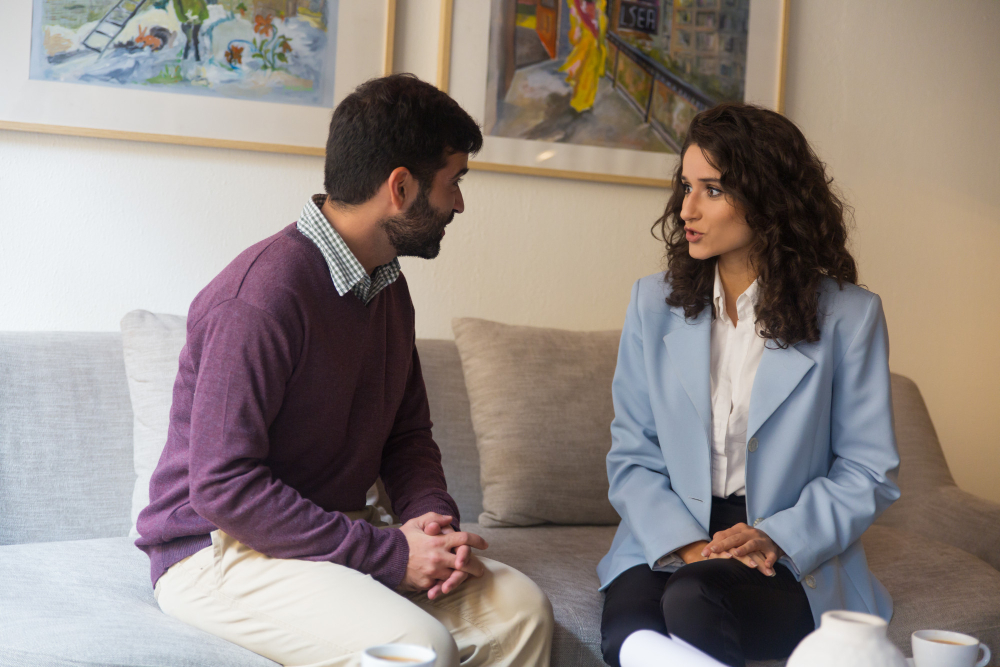
Every time I am asked to focus on my breathing, I lose my breath.
Do you feel it too? Just me?
Let’s be honest—when you’re neck-deep in stress, the last thing you want is another item on your to-do list that promises to “fix” it.
“Just breathe.”
“Try meditating for 20 minutes.”
“Be more mindful.”
Great advice—except when your brain is sprinting and your schedule’s a disaster.
Here’s the truth: mindfulness doesn’t have to be another stressor. You don’t need a meditation pillow, spa music, or 30 free minutes to find your center. What you need are tiny, practical shifts in how you handle the chaos.
This article is for real-world stress cases: the overthinkers, the hustlers, the parents, the barely-holding-it-togethers. Let’s talk about micro-mindfulness—the smallest possible actions that can actually help you breathe, focus, and feel a little more in control.
Why and how? Let’s get into it…
What Is Micro-Mindfulness (and Why It Works)

Think of mindfulness as being fully present in the moment—without judgment. Now shrink that idea down into something you can do in 30 seconds while reheating your coffee for the third time. That’s micro-mindfulness.
It’s not about becoming some unshakable Zen master. It’s about getting through your day without snapping, spiraling, or shutting down. As per American Psychological Association research, even small moments of mindfulness can help reduce anxiety and improve focus.
Now let’s see how this applies to a few daily scenarios you might be a little too familiar with…
Stress Scenario 1: You’re Spiraling Before a Big Meeting

Tiny Habit:
4-4-4 Breathing
Inhale for 4 seconds, hold for 4 seconds, and then exhale, slowly for 4 seconds.
Repeat 3 times.
Why it works:
This simple breathing pattern activates your parasympathetic nervous system—the part responsible for calming you down. You don’t need a quiet room. Just a moment to yourself, even in a bathroom stall or your parked car.
Stress Scenario 2: You’re Doom-Scrolling and Feel Like a Wreck

Tiny Habit:
“Name 3 Things”
Look up and name 3 things you can see.
Then 3 things you can hear.
Bonus if you touch or feel something (like your feet on the floor).
Why it works:
This shifts your attention out of your head and into your body. It grounds you—especially when your brain’s running in 50 directions.
Stress Scenario 3: Someone Just Sent That Email

Tiny Habit:
“Hand on Heart” Pause
Place your hand on your chest.
Take one deep breath.
Why it works:
It gives your brain a literal signal of safety. Your heart rate drops. Your body says, “Okay, not everything’s on fire.”
Then—maybe—you won’t reply to that email with the sarcasm it so clearly deserves.
Stress Scenario 4: You’re Burnt Out and Can’t Even Think

Tiny Habit:
Gratitude Voice Note
Pull out your phone.
Record a 10-second voice note: “Today didn’t go great, but I’m glad for…”
Fill in the blank.
Why it works:
You’re not writing a poem here. You’re gently nudging your brain to look for something positive. Over time, this trains your mental filter to catch the good, not just the stress.
Stress Scenario 5: You Can’t Sleep Because Your Brain Won’t Shut Up

Tiny Habit:
Mental Body Scan (No App Required)
Start at your toes.
Mentally move up—feet, calves, knees…
Notice how each part feels and release tension if you can.
Why it works:
It gives your busy brain a job that isn’t panicking. Even if you don’t fall asleep immediately, your body and mind are being asked to settle.
Bonus: Mindfulness Myths That Need to Go

Let’s clear the air.
- “You have to meditate to be mindful.” Nope. Micro-mindfulness is legit.
- “You need total silence.” Not in this lifetime. You just need a moment.
- “You’re doing it wrong if your mind wanders.” Spoiler: everyone’s mind wanders.
Micro-Mindfulness on the Go: 5-Second Reset Ideas
You don’t need a quiet space or a full ritual to find your footing. Here are quick, no-brainer resets you can do literally anywhere:
- Take a slow sip of water and feel it move down your throat
- Find one color in the room and really focus on it
- Let your shoulders drop (bet they’re up near your ears)
- Open your palms and take one deep breath
- Gently roll your neck or stretch for five seconds
It’s not about stopping the world. It’s about giving yourself one pause before diving back in.
When to Use Micro-Mindfulness (And When It Might Not Be Enough)

Micro-mindfulness can be incredibly helpful in high-stress moments—but it’s not meant to replace deeper support when you need it. If stress is a constant in your life or you’re struggling to function, it’s okay to reach for more than breathwork.
Talk to a therapist. Lean on your support system. There’s strength in saying, “This is too much for me to handle alone.”
These tiny practices are tools, not solutions. They help manage the noise, but they don’t silence the root cause—and that’s completely okay.
Remember: Mindfulness Doesn’t Have to Be a Project

Here’s the big idea: Mindfulness for stress relief shouldn’t become another stress factor.
Start small. One breath, one pause, one 30-second moment that brings you back to now. You don’t have to be perfect. You just have to show up—for yourself—one tiny habit at a time.
Stress is loud. Let your presence be louder.



